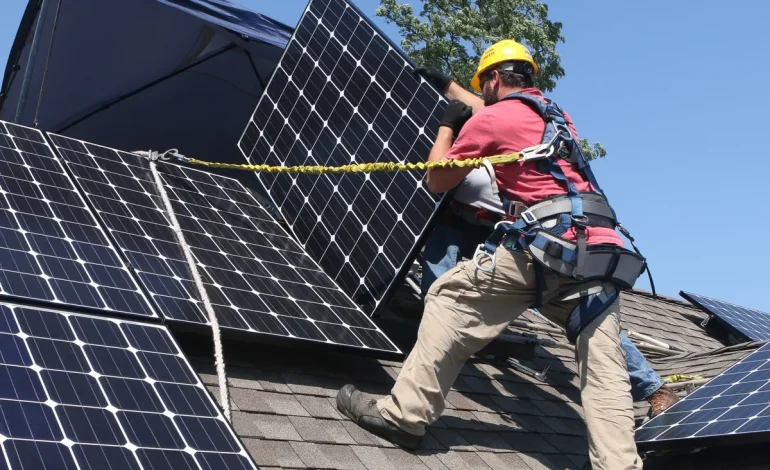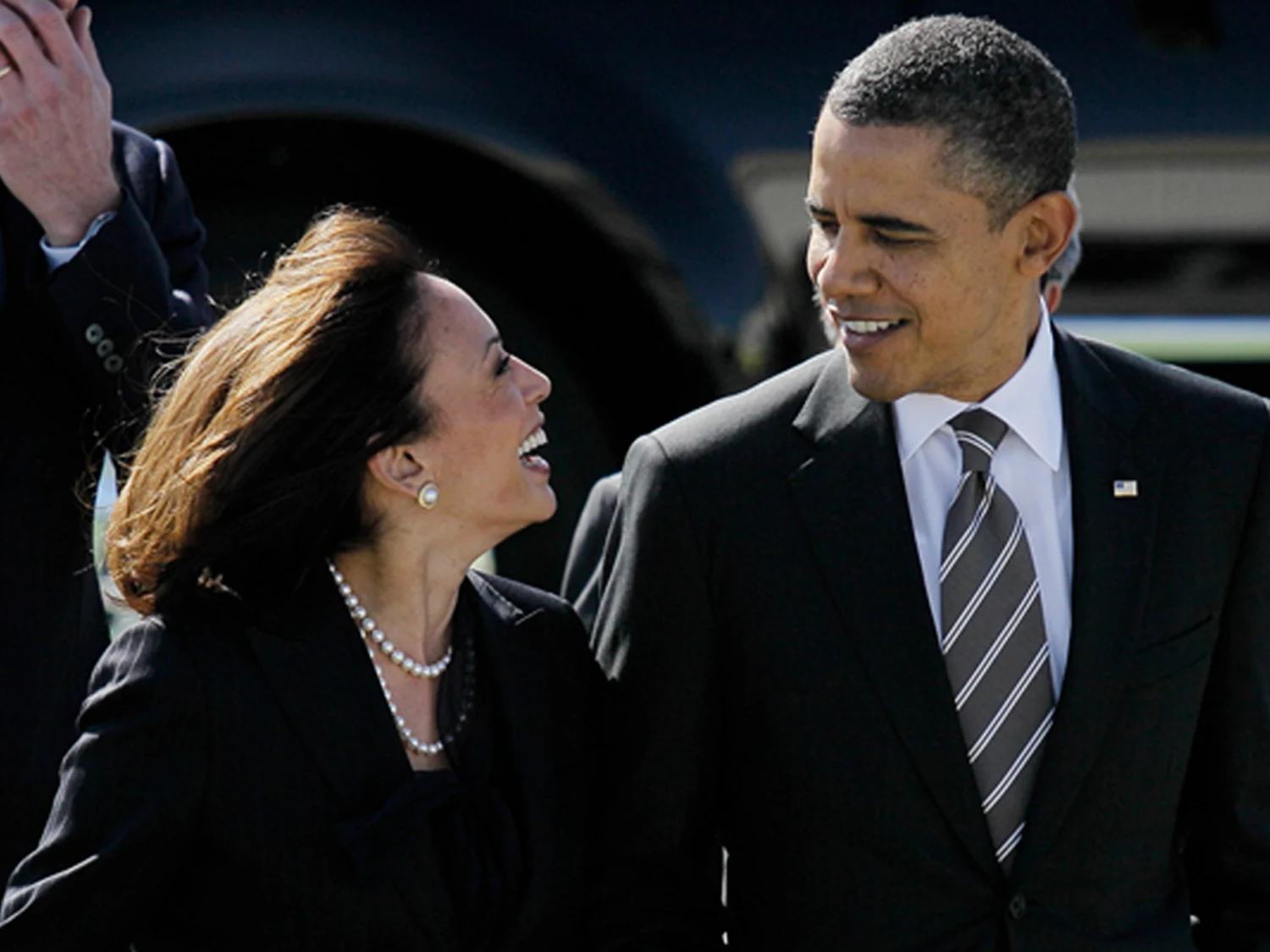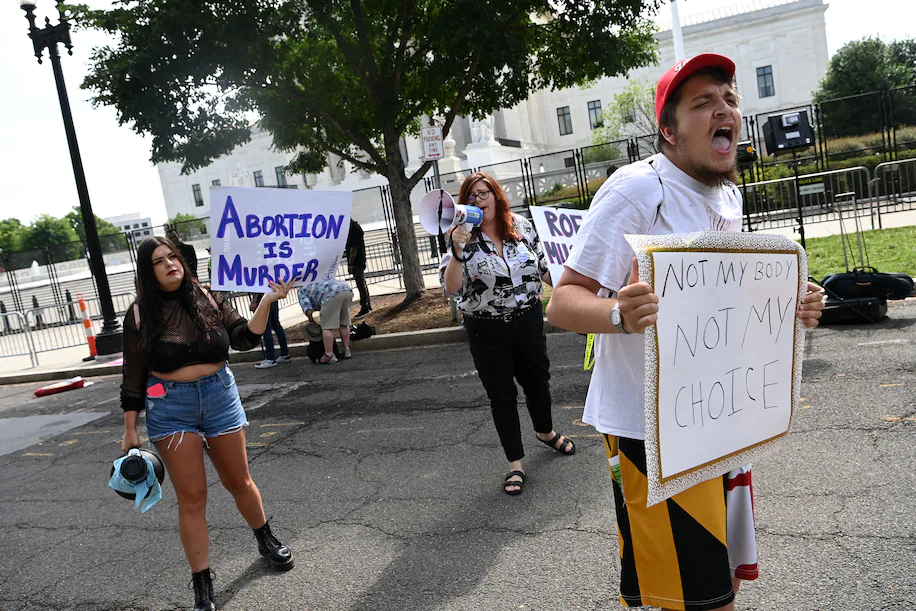Weighing the Costs: Climate Investments vs. Tax Cut Trade-offs

As debate intensifies in Washington over a proposed $4 trillion tax cut backed by President Donald Trump, a key point of contention is the potential rollback of landmark clean-energy initiatives, Bloomberg reports.
Proposals introduced by the House Ways and Means and Energy and Commerce committees aim to help fund the tax cuts by cutting hundreds of billions in federal climate-related spending—primarily by scaling back or repealing parts of the Inflation Reduction Act (IRA), the most comprehensive climate legislation in US history.
Supporters of the plan frame it as a necessary move to rein in federal spending. However, a growing number of economists, energy experts, and even some Republican lawmakers warn that the long-term economic and environmental costs of such cuts may far outweigh the immediate fiscal benefits.
According to data from BloombergNEF, it could take roughly $192 trillion in global investments in clean energy and energy efficiency by 2050 to zero out emissions and limit global warming. But failure to act could prove more costly: the National Bureau of Economic Research estimates that each additional 1°C rise in temperature above preindustrial levels reduces global GDP by 12%. Climate-related damage has already shaved an estimated $28 trillion off global economic growth between 1991 and 2020, according to a recent study published in Nature.
Beyond broad global implications, the domestic economic effects are significant. Slashing clean-energy incentives would likely raise consumer utility costs, hinder energy-efficient construction, and reduce affordability of electric vehicles and commercial fleets.
“This proposal would make it harder for homeowners to make energy improvements that lower their utility bills and improve their comfort,” said Steven Nadel, executive director of the American Council for an Energy-Efficient Economy.
While opponents of the IRA cuts point to environmental concerns, others highlight that the financial benefits of the law are largely flowing to Republican-led districts. Nonprofit Climate Power estimates that 405 clean-energy projects and 216,000 jobs have been created in Republican districts, out of more than 400,000 total jobs launched by the IRA. Clean Investment Monitor data also shows that Republican House districts have received $254 billion in IRA funding so far—four times more than Democratic districts—with another $388 billion yet to be deployed.
This has led to growing GOP support for preserving the IRA. Since August 2024, 38 Republican lawmakers have signed letters urging party leadership to protect clean-energy investments. Yet, this group is matched by another 38 Republicans who support a full repeal of the IRA. The divide within the party adds uncertainty to how much of the law will ultimately survive.
Critics also note that targeting clean-energy funding now could undermine the United States’ global competitiveness in renewable technologies and green manufacturing, industries expected to play a central role in future economic growth.
Though these proposals may be reshaped in negotiations and face likely revisions in the Senate, the debate underscores a broader policy question: Should long-term climate stability and energy savings be traded for near-term tax relief?









The latest news in your social feeds
Subscribe to our social media platforms to stay tuned